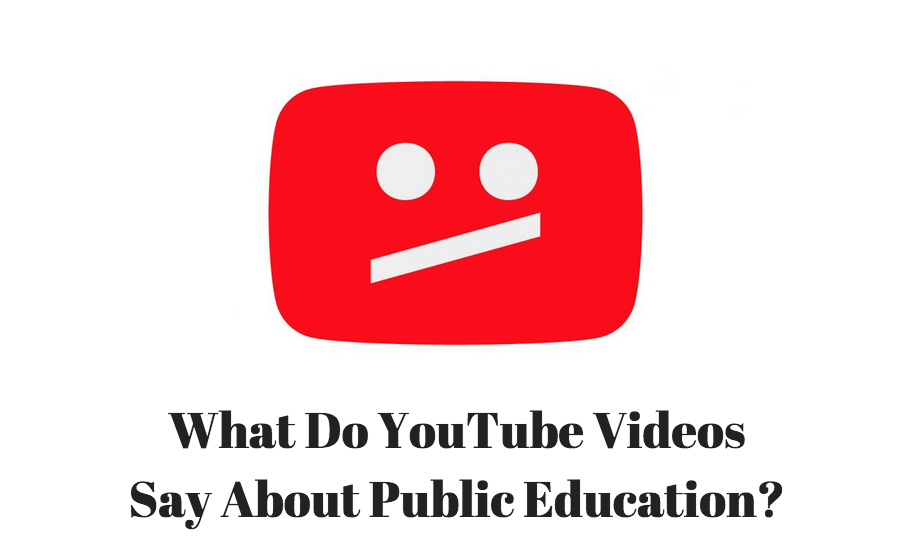 Burhanettin Keskin, an associate professor at the University of Mississippi School of Education, recently published an original study in SAGE Open, which examines how YouTube presents videos concerning public education.
Burhanettin Keskin, an associate professor at the University of Mississippi School of Education, recently published an original study in SAGE Open, which examines how YouTube presents videos concerning public education.
Keskin’s article—which received the SAGE Editor’s Choice designation—has been downloaded about 2,000 times since February. The content analysis examined YouTube’s first three pages of search results (60 videos) under the keyword: “Public Education.”
YouTube uses a non-disclosed algorithm to display its user-generated content.
“The results showed there is a significant amount of negativity concerning public education in YouTube videos,” Keskin said. “Some of the videos are not just critical of public education, but a direct attack on it. Some were claiming it should be abolished. That is concerning.”
Keskin and another coder went through this content to analyze each video by headline, thumbnail image and video content, each of which was coded as positive negative or neutral. The study also used a statistical analysis to eliminate bias.
Keskin found that 67.8 percent of the videos’ content was negative, with 23.7 percent positive and 8.5 percent neutral. In the headline category, the findings were 45.8 percent negative, 10.2 percent positive and 44.1 percent neutral. For images, the results were 22 percent negative, 13.6 percent positive and 64.4 percent neutral.
“We don’t know how these videos are ranked,” Keskin explained. “Some of these videos have a lot of views and some don’t. But what is the algorithm? My argument is that YouTube plays a gatekeeper by allowing certain videos to pop at the top of search results and we don’t know why this is.”
Many teachers use YouTube videos in their classrooms today. The open source content provider is seen by many to be a place of learning. However, YouTube does not screen videos to make sure the information presented in them are factual or not and anyone can upload videos.
Keskin points out that children might see YouTube as a credible source because it is used by teachers, which could cause them to believe that the subjective material placed at the top of search results is always credible. He explained that propaganda-like videos on YouTube could skew the public’s perception of public education.
“Many people, including myself, would not be where they are today without public education,” Keskin said. “I didn’t have the means to go to private school. If we attach a bad reputation to public education, it will lower the chances of people being able to make it in society.”
What can educators take from this data? Keskin urges teachers to focus on critical thinking skills in lessons.
“You could criticize YouTube all day long, but it ends with people who are going to that website,” he said. “So if we don’t teach critical thinking to our children, there is a problem. We have the power to teach young minds that what you see on the internet may not be accurate.”
Keskin is a scholar in the field of early childhood education and was the winner of the UM School of Education’s 2018 Outstanding Researcher Award. He holds a Ph.D. from Florida State University, an M.A. from the University of Colorado at Denver and a B.A. from Atatürk University in Erzurum, Turkey. Before joining UM in 2013, he taught at Columbus State University in Columbus, Georgia, and Atatürk University.
By Andrew M. Abernathy and Kathleen Murphy